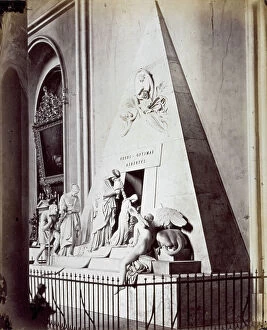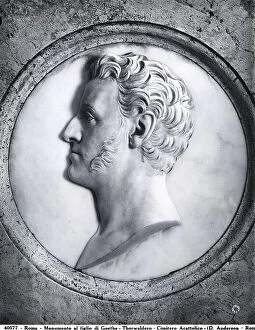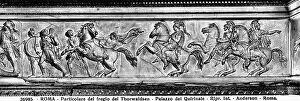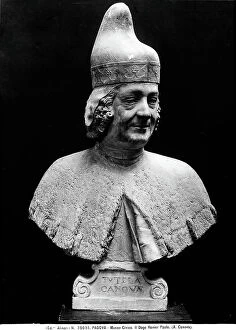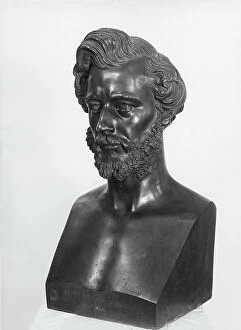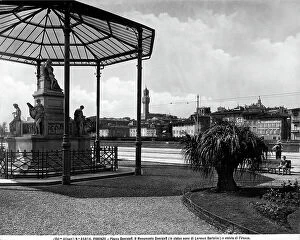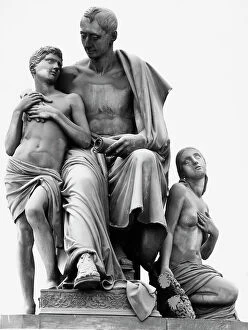Maleneoclassicism Collection
Maleneoclassicism, a captivating artistic movement that emerged in the late 18th and early 19th centuries
For sale as Licensed Images
Choose your image, Select your licence and Download the media
Maleneoclassicism, a captivating artistic movement that emerged in the late 18th and early 19th centuries, sought to revive the grandeur and elegance of classical antiquity. This caption takes us on a journey through various masterpieces that epitomize this remarkable era. One such masterpiece is the funeral monument of Archduchess Marie Christine, housed in Vienna's Augustinian Church. Crafted by Antonio Canova, it exudes an ethereal beauty that pays homage to the archduchess's memory. Another awe-inspiring work by Canova can be found within the same church – the burial monument of Marie Christine. Its intricate details and impeccable craftsmanship leave viewers spellbound. Venturing beyond Vienna, we encounter "The Cistern" in Leghorn (Livorno). This architectural marvel showcases Maleneoclassical elements with its harmonious proportions and graceful design. Florence also boasts its fair share of Maleneoclassical wonders. The Monument to Count Nicola Demidoff stands proudly in Demidoff Square, capturing attention with its imposing presence against Florence's picturesque backdrop. In Rome's Protestant Cemetery lies a poignant tribute to Goethe's son – a sculpture sculpted by Bertel Thorvaldsen. Every delicate feature tells a story of love and loss, exemplifying Maleneoclassicism at its finest. Thorwaldsen's talent shines once again through his frieze depicting Alexander the Great entering Babylon. Preserved within Rome's Quirinal Palace, this artwork immortalizes history while showcasing meticulous attention to detail. Antonio Canova continues to captivate art enthusiasts with his portrayal of Doge Paolo Renier displayed at Padua's Pinacoteca del Museo Civico. The lifelike depiction captures Renier's authority and dignity effortlessly. James Pradier leaves an indelible mark on Maleneoclassicism with his bust of Maxime du Camp, now housed in the Louvre Museum.

